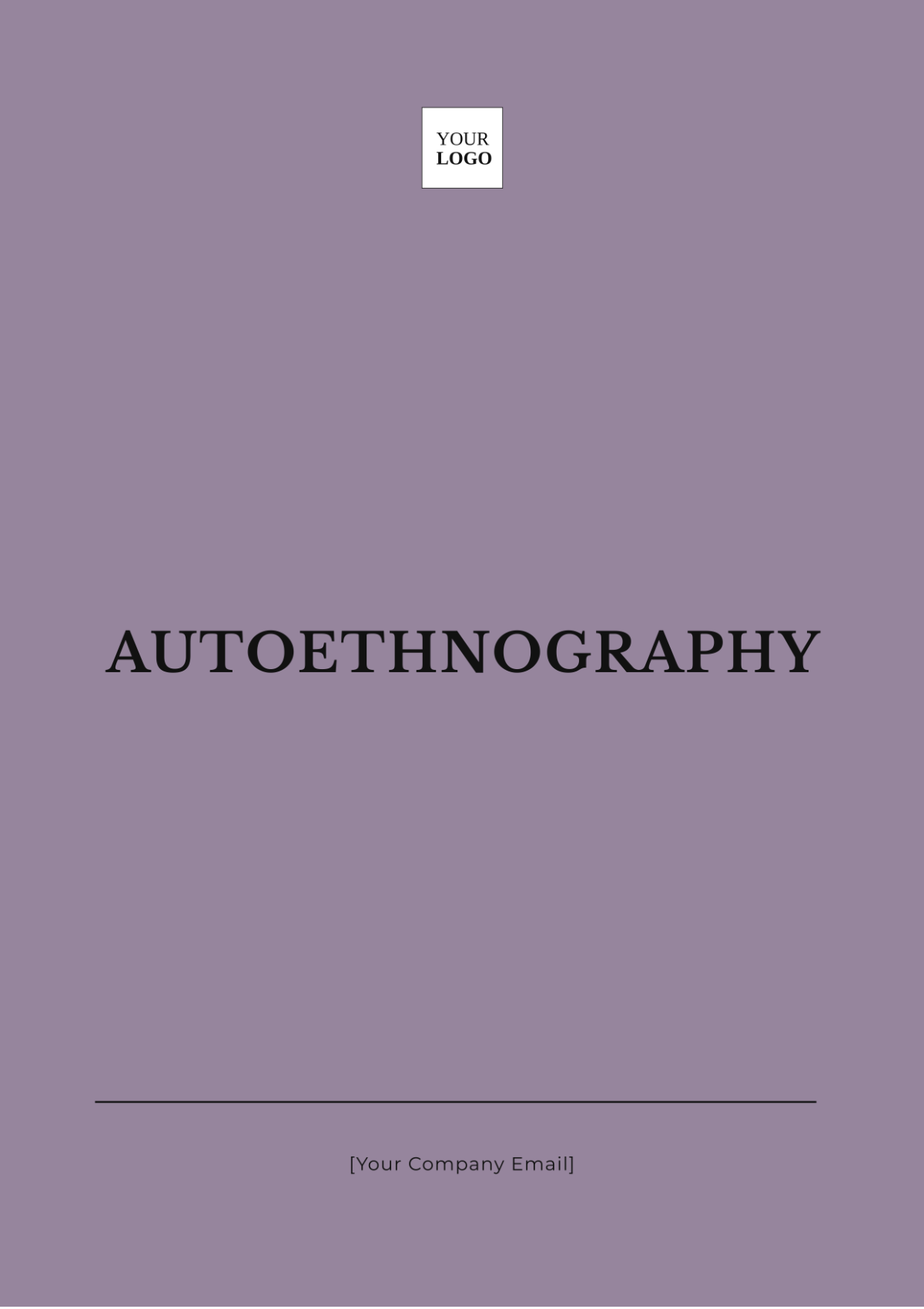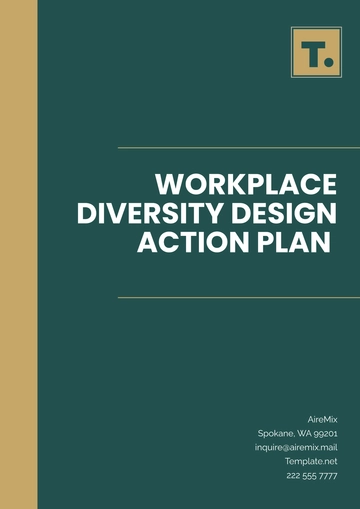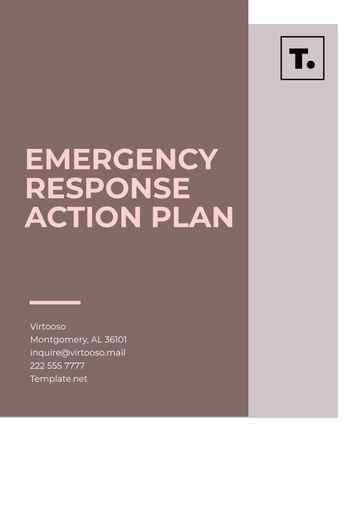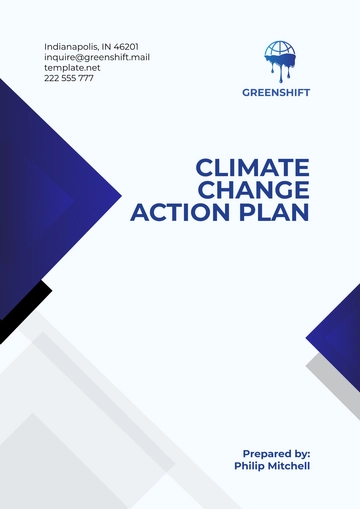Autoethnography
Written By: [Your Name]
Navigating Identity in a Hyperconnected Future: A Personal Journey
I. Introduction
As we move further into the mid-21st century, our identities are increasingly shaped by advanced digital technologies and hyperconnectivity. This autoethnography explores my personal experiences as a Gen Z individual navigating the complexities of identity formation in a world dominated by augmented reality, artificial intelligence, and global digital communities. By reflecting on my own life and drawing connections to broader technological and cultural trends, I aim to provide insights into how these developments influence self-perception and social interactions.
II. Personal Narrative
In the year 2050, the landscape of digital interaction has evolved dramatically. Growing up in a world where augmented reality (AR) and virtual reality (VR) are seamlessly integrated into everyday life, my experiences with identity have been profoundly shaped by these technologies. From childhood, I remember interacting with holographic avatars and participating in immersive virtual environments that blurred the line between physical and digital realities.
My online presence is now more than just a series of social media profiles; it involves complex digital identities managed through neural interfaces and AI-assisted avatars. These technologies allow for real-time updates to my virtual persona, which is constantly curated to reflect my current interests, emotions, and social connections. While this offers a high degree of self-expression, it also creates new pressures to maintain a consistent and appealing digital image.
In my early twenties, I faced challenges balancing my virtual persona with my offline identity. The AR and VR environments often present idealized versions of reality, and the constant feedback loop of likes, comments, and virtual interactions can sometimes make it difficult to discern the authenticity of my online self versus my real-world experiences.
III. Contextual Analysis
The integration of AR and VR into daily life has transformed the nature of personal identity. Researchers have noted that these immersive technologies create new dimensions for self-expression and social interaction (Smith & Johnson, 2051). My experiences align with these observations, as I have encountered both opportunities and challenges in navigating my digital and physical identities.
The hyperconnected environment of 2050 also introduces new forms of social comparison and validation. The constant exposure to idealized virtual worlds and highly curated digital personas can impact self-esteem and lead to feelings of inadequacy. This phenomenon is compounded by the pervasive use of AI algorithms that tailor content to individual preferences and emotional states, further influencing how we perceive ourselves and others.
IV. Reflections and Implications
Reflecting on my journey, I recognize the dual impact of advanced digital technologies on identity. On one hand, these tools offer unprecedented opportunities for self-expression and connection. On the other hand, they also present challenges related to authenticity and self-perception.
Understanding this dynamic has led me to adopt a more mindful approach to my digital interactions. I now strive to balance my virtual presence with real-world experiences and relationships, focusing on genuine connections and self-awareness. This balance is crucial not only for personal well-being but also for fostering meaningful interactions in a hyperconnected world.
V. Conclusion
This autoethnographic exploration highlights the complex interplay between personal identity and advanced digital technologies in the year 2050 and beyond. By reflecting on my experiences, I have gained insights into how immersive technologies shape and challenge our self-perceptions. This understanding is essential for navigating the evolving landscape of identity in an increasingly digital and interconnected future.
Ethnography Templates @ Template.net






























